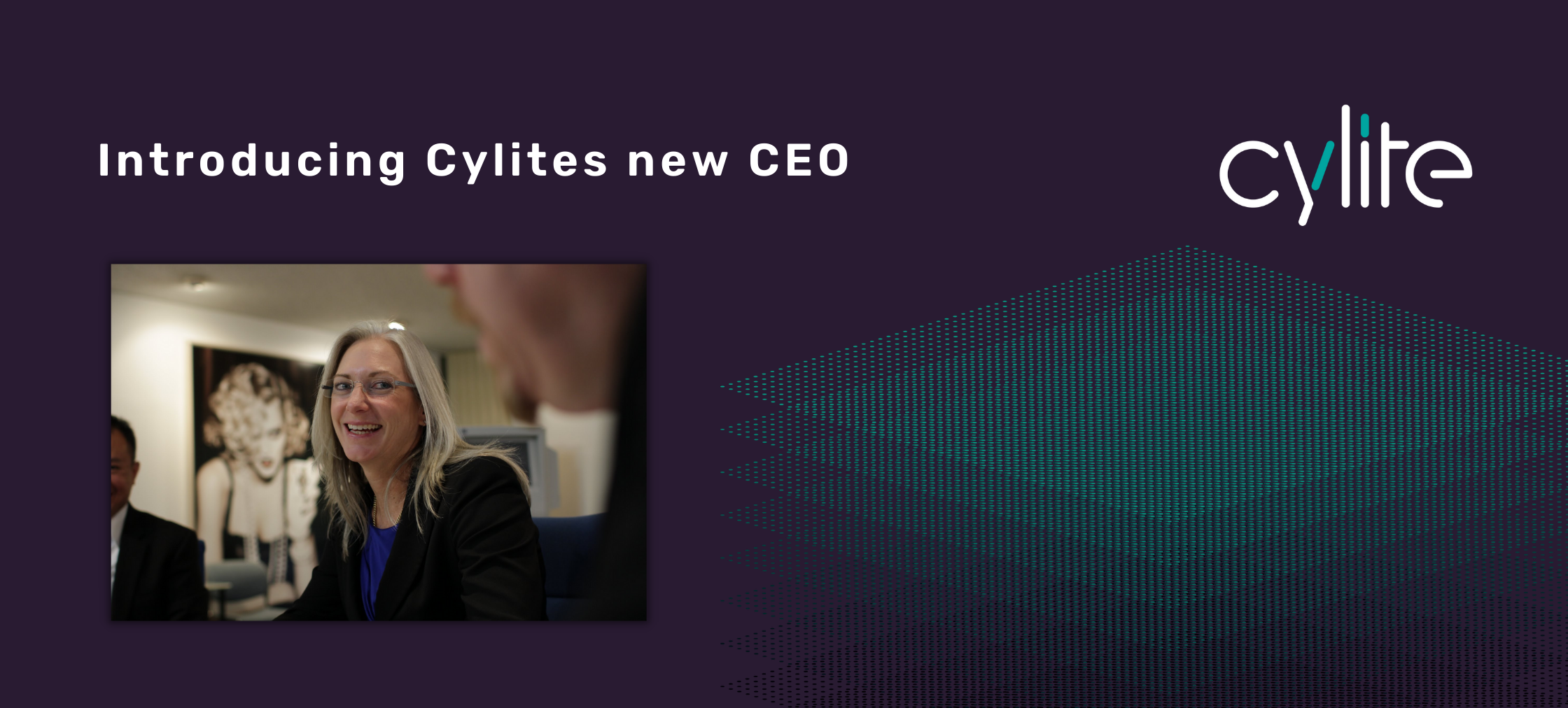Kylee Hall, a proven leader in the Australasian Ophthalmic Industry, has taken over as Cylite’s CEO from renowned scientist Dr Steve Frisken. Ms Hall brings a stellar industry career in delivering products into the medical and ophthalmic markets. Dr Frisken will continue in an executive leadership role to provide operational and innovation guidance to the company
“It is an honour to move into the CEO role and follow on from the great work Steve and the Cylite founding team have done developing this game changing Australian technology” said Ms Hall
“Despite the challenges of COVID, it is an exciting time at Cylite and I am thrilled to be leading the incredible team of individuals who are all contributing to the development of the award winning HP-OCT™. The company is going through a huge expansion period with over 70 employees and a new facility recently leased in Melbourne that will provide 2,500m2 of office, laboratory and production space,” said Ms Hall. “There is already a lot of global interest around distribution of the product, and we look forward to making some exciting announcements later in the year.”
“We have a strong product pipeline based on proprietary, protected technology which will allow us to grow to become a leader in the field of ocular diagnostics and to move into other areas including neurological and cardio-vascular diagnoses, with growth through both hardware sales, and software and service offerings. We have several research sites around the world already using the technology and a long list of ophthalmologists and optometrists eager to get a device for trial in the next few months. Our Australian launch will be in May and Europe is scheduled for Q1 2023.”
“Cylite’s technology also has huge potential in relation to AI and big data. With over $25 million in private and government investment to date and a solid roadmap for the future, I am looking forward to establishing Cylite as world leader in digital health, which is estimated to be estimated be worth over $510 billion by 2026. The future looks incredibly bright for Cylite to become the next great Australian medical company,” said Ms Hall.
Cylite’s award-winning Hyperparallel OCT™ (HP-OCT™) is the next-generation in diagnostic and imaging equipment for ophthalmologists and optometrists and will be officially launched globally in Sydney at the end of May. For the first time, a single piece of equipment can provide a comprehensive overview of the eye, providing micron level accuracy for the effective diagnosis and treatment of eye diseases. In the future, the hyperparallel technology also has potential to be applied to the diagnosis of cardiovascular and neural diseases.
“This is a game-changer for eye conditions that affect thousands of Australians, such as age-related macular degeneration, cataract, diabetic retinopathy, glaucoma and untreated refractive error,” said renowned scientist Dr Steve Frisken, Founder & Director of Cylite. “The annual economic cost of vision loss in Australia is estimated to be $27.6 billion[i], but earlier diagnosis and intervention can help to mitigate the impact of the increasing financial and emotional burden on society that many of these avoidable conditions can bring.”
“Until now, no existing single instrument enables a comprehensive overview of the eye. In fact, the average ophthalmic clinic currently needs around six separate diagnostic instruments and a lot of time to understand the eye,” continued Dr Frisken. “This is because the eye is an extremely complex organ that is constantly in motion, making accurate imaging very challenging.”
Vision impairment impacts over 2.2 billion people globally yet 75% of eye conditions are avoidable or treatable. Cylite is positioned to make a global impact in the $4.8 billion eyecare diagnostics industry with the HP-OCT™, and Australian researched, designed, engineered, and manufactured device that provides advanced 3D imaging of the eye. The technology could also be a gamechanger for the early diagnosis of heart and brain conditions – two of Australia’s biggest killers.
“The eye is the only organ in the human body where you can non-invasively observe parts of the central nervous system, which could open up this technology to helping us to better understand brain and heart conditions. For example, more studies are indicating a positive link between understanding changes in the retina with early indicators to both heart diseaseand brain disease such as Alzheimer’s[ii],” finished Dr Frisken
[i] Access Economics, 2010, Clear Focus: The Economic Impact of Vision Loss in Australia in 2009: A Report prepared for Vision 2020 Australia, Melbourne updated to 2021 dollar values by Health Consult, September 2021.
[ii] Ocular indicators of Alzheimer’s: exploring disease in the retina, Nadav J. Hart et al. Acta Neuorpathol, 2016; Diaz-Pinto, A., Ravikumar, N., Attar, R. et al. Predicting myocardial infarction through retinal scans and minimal personal information. Nat Mach Intell 4, 55–61 (2022).



